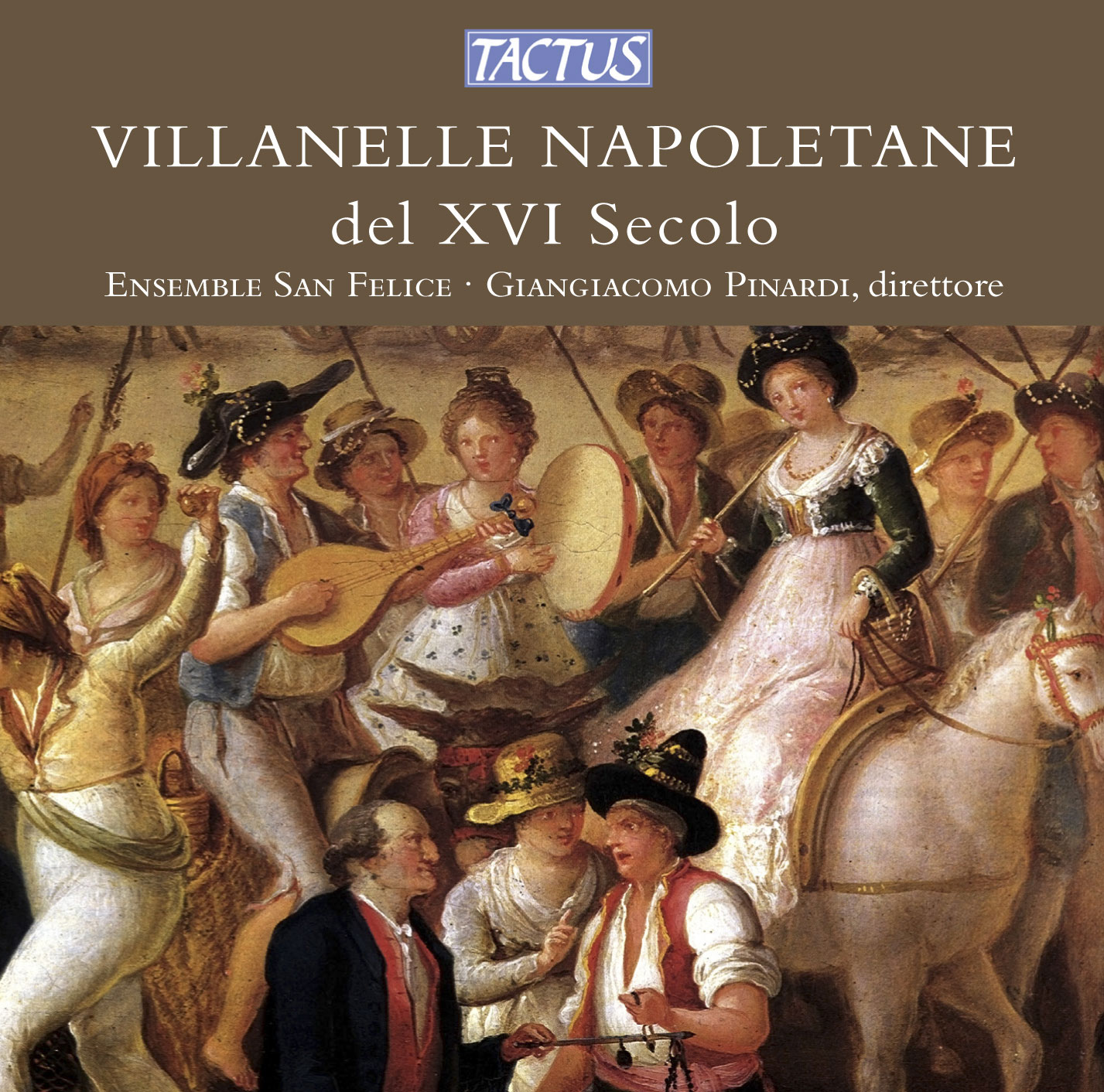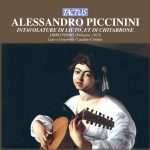AA.VV.
In light of the fact that the primitive canzone villanesca alla napolitana-a minor popular genre, according to the common, though imprecise, definition-existed on the border between written and oral musical tradition, any new handling of it necessarily foresees a correct and rational retrieval of the musical and poetic structures within which the genre developed.
This, out of respect for a growing openness toward an anthropological view of music history. Such a view attempts, on the one hand, to focus on the “sonorous event” and to re-evaluate the social significance and means of making and transmitting music of the past, while, on the other, it looks closer at unwritten musical traditions and at the reciprocal influences between oral transmission and writing, especially in urban circles (all the more so if they are Neapolitan). It is well known that the musical circles of Naples under the Spanish viceroys may be analyzed from two different perspectives. Practices of polyvocal singing, detached and completely independent from cultured polyphony existed together with certain poetic and musical expressions connected to functions of everyday life (as documented by treatises, diaries, chronicles of travelers, and title pages of some collections of villanelle).
Alongside these practices, cultured music was being written, with artistic aims which aspired to creating a product both elite and exclusive (the “grand” and “serious” musical tradition). Noble and lower social classes nonetheless shared analogous expressive forms in specific contexts–religious feasts, carnivals, taverns, “low class” establishments etc.–and when the two spheres interacted, hybrid musical products resulted which, irrespective of their artistic value, represented an extraordinary testimony of music-making in the past. The villanesca, without a doubt, was created in cultured circles where noblemen and amateur musicians looked “downward”, toward an awareness and entertaining rediscovery of a polyphonic language which was considerably distant from themselves and whose practice was to be regarded as little more than a game, of no importance.
Tracklist
Azzaiolo, Filippo
Il secondo libro de villotte del fiore alla padoana con alcune napolitanae e madrigali
1 - Il secondo libro de villotte del fiore alla padoana con alcune napolitanae e madrigali: O Villanella quando all'acqua vai (0:59)
Anonymous
Fra quante donne sono al mondo belle [16th Century Neapolitan]
2 - Fra quante donne sono al mondo belle [16th Century Neapolitan] (4:53)
Willaert, Adrian
Canzone villanesche all napolitana, Book 1
3 - Canzone villanesche all napolitana, Book 1: Vecchie letrose (2:40)
Anonymous
La morte di marito [16th Century Neapolitan]
4 - La morte di marito [16th Century Neapolitan] (2:40)
Primavera, Giovan Leonardo
Tre donne belle
5 - Il primo libro de canzone napolitane: Tre donne belle fanno gran battaglia (2:04)
Gorzanis, Giacomo
Il primo libro di napolitane ariose che si cantano et sonano in leuto
6 - Il primo libro di napolitane ariose che si cantano et sonano in leuto: Questi capelli d'or (4:25)
Nola, Giovanni Domenico da
Fontana che dai acqua a dui valluni
7 - Fontana che dai acqua a dui valluni (2:03)
Dell'Arpa, Giovanni Leonardo
7 Napolitane
8 - 7 Napolitane: No. 1. Voria crudel tornare (5:40)
Azzaiolo, Filippo
Chi passa per sta strada
9 - Chi passa per sta strada (3:00)
Anonymous
Madonna tu mi fai lo scurrucciato [16th Century Neapolitan]
10 - Madonna tu mi fai lo scurrucciato [16th Century Neapolitan] (4:28)
Catalina apr'a finestra moresca prima [16th Century Neapolitan]
11 - Catalina apr'a finestra moresca prima [16th Century Neapolitan] (3:57)
Nola, Giovanni Domenico da
Maldetta sia mia sorte sventurata
12 - Maldetta sia mia sorte sventurata (2:23)
Anonymous
Che sia malditta l'acqua sta matina [16th Century Neapolitan]
13 - Che sia malditta l'acqua sta matina [16th Century Neapolitan] (3:03)
Lassus, Orlande de
Il primo libro di madrigali, insieme alcuni madrigali d'altri autori
14 - O Lucia miau (1:50)
Traditional
Quanno nascette Ninno
15 - Quanno nascette Ninno (4:48)
Barges, Antonio
Il primo libro de villotte
16 - Il primo libro de villotte: Madonna mia Pieta (2:13)
- Composer: AA.VV.
- Performers: Gloria Moretti, Mya Fracassini, Massimo Crispi, Diego Barretta, Adele Bardazzi arpa rinascimentale, Federico Bardazzi lira calabrese e viola da gamba, Marco Di Manno flauti dolci, Simone Erre flauti dolci e cornamuto, Giangiacomo Pinardi liuto, Erica Scherl scattagnetti, viella e violino, Eleonora Tassinari: cialamello, Fabio Tricomi flauto da tamburo, lira calabrese, tamburello, tammorra, tromba degli zingari
- Historical Period: Humanism and Renaissance
- Code: TC 500002
- Edition: 2003
- Barcode: 8007194102345
- Set: 1
- Total tracks: 16
- Total duration: 00:51:13






